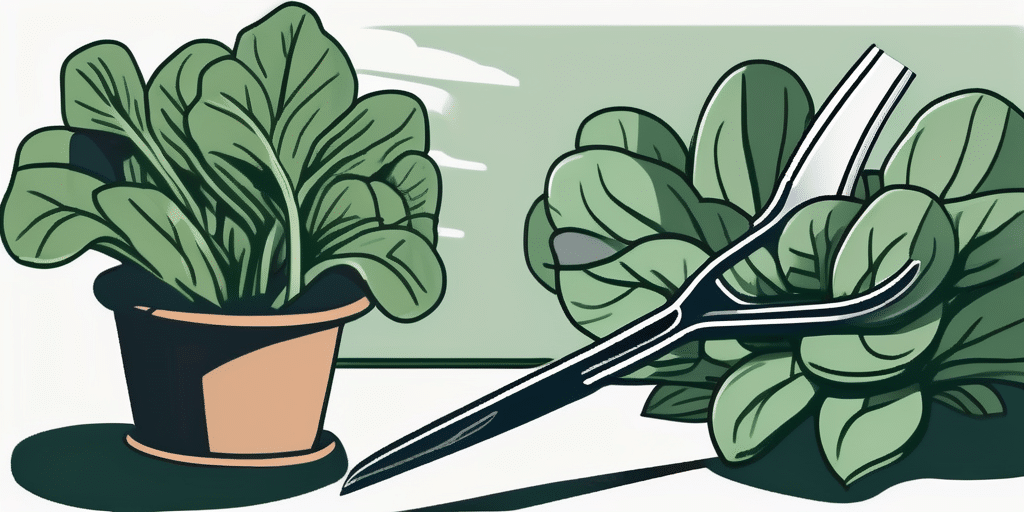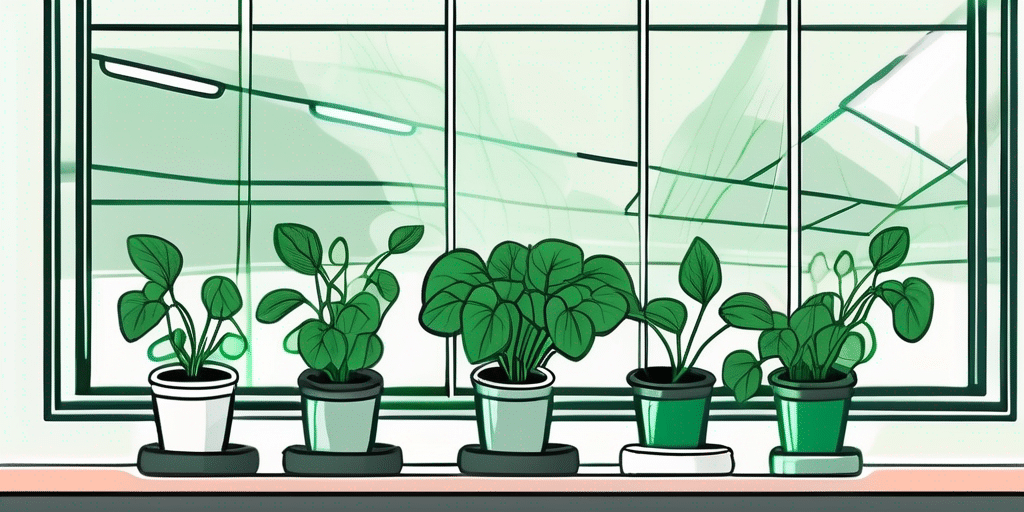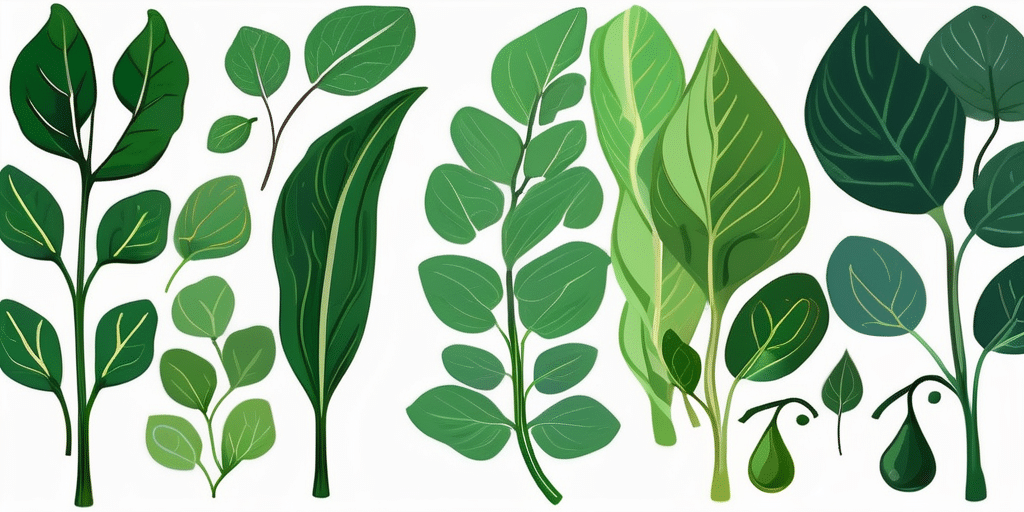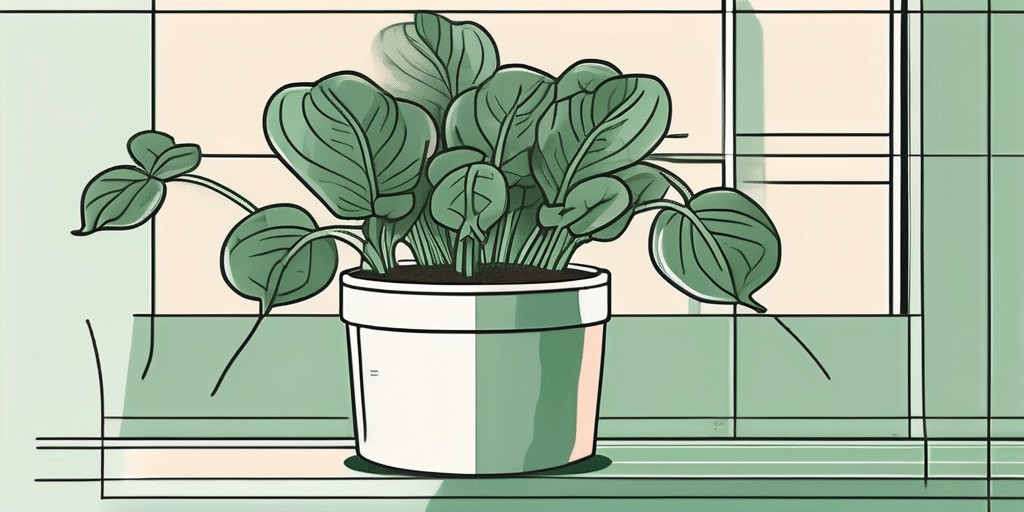Spinach is a versatile and nutrient-rich leafy green that is loved by many. If you live in Florida and are interested in growing your own Matador spinach, you’ve come to the right place! In this article, we’ll cover everything you need to know about planting and growing Matador spinach in the Sunshine State.
Climate & Hardiness Zones in Florida
Florida’s diverse climate is conducive to growing a variety of crops, including spinach. The state is divided into different hardiness zones, which are determined by temperature ranges and other environmental factors. Matador spinach thrives in zones 8-11, which encompass most of Florida. These zones have mild winters and warm, humid summers, making them ideal for this leafy green.
Florida’s unique geography and proximity to the Gulf of Mexico and the Atlantic Ocean contribute to its varied climate. The state experiences a subtropical and tropical climate, with the southern regions being closer to the equator and therefore warmer than the northern parts. This diversity allows for a wide range of agricultural activities, from citrus groves in the central regions to tropical fruits in the south.
Moreover, Florida’s hardiness zones play a crucial role in determining what plants can thrive in different parts of the state. For example, while Matador spinach does well in zones 8-11, other crops like oranges and avocados have specific zone requirements for optimal growth. Understanding these zones is essential for farmers and gardeners to select the right plants for their specific location within Florida.
When to Plant Matador Spinach in Florida
Timing is crucial when it comes to planting Matador spinach in Florida. The best time to plant is during the cooler months, typically from late fall to early spring. This allows the spinach to establish strong roots before the arrival of hot weather. If you plant too late in the season, the spinach may bolt, or go to seed, prematurely.
For specific planting dates, consult your local agricultural extension service or refer to reputable gardening books or websites. These sources will provide you with the most accurate information based on your location in Florida.
Matador spinach, a variety known for its large, dark green leaves and resistance to bolting, thrives in well-drained, nutrient-rich soil. Consider enriching your garden bed with compost or well-rotted manure before planting to ensure optimal growth. Additionally, spinach plants benefit from consistent moisture, so be sure to water regularly, especially during dry spells.
When selecting a planting site, choose a location that receives partial shade to protect the spinach from the intense Florida sun. If planting in containers, use a high-quality potting mix that retains moisture well. Keep an eye out for pests such as aphids and caterpillars, which can damage spinach leaves. Consider companion planting with herbs like dill or cilantro to naturally deter pests and attract beneficial insects.
When to Harvest or Pick Matador Spinach in Florida
Once your Matador spinach plants have reached maturity, it’s time to harvest them and enjoy the fruits of your labor. Spinach leaves are at their peak flavor and texture when they are young and tender. To determine when to harvest, monitor the growth of your plants and look for fully formed leaves that are about six to eight inches long.
A good rule of thumb is to harvest the outer leaves first, allowing the inner leaves to continue growing. This practice ensures a continuous harvest throughout the season. Regular harvesting also prevents the plants from bolting, as they will focus their energy on producing new leaves instead of flowering.
If you’re unsure about the readiness of your spinach plants, a simple taste test can help. Pick a leaf and give it a try. If it’s crisp, sweet, and flavorful, it’s ready to be harvested!
Matador spinach, known for its deep green color and robust flavor, thrives in the warm climate of Florida. The state’s ample sunshine and moderate temperatures provide an ideal environment for spinach cultivation. When grown in well-draining soil enriched with organic matter, Matador spinach plants can flourish and produce an abundant harvest.
Harvesting spinach in the early morning is recommended, as the leaves are crisp and full of moisture at this time. Gently plucking the leaves with clean shears or scissors helps preserve the plant and encourages new growth. After harvesting, it’s essential to wash the spinach thoroughly to remove any dirt or debris, ensuring a clean and fresh final product.
Frequently Asked Questions
Q: What are the nutritional benefits of Matador spinach?
A: Matador spinach is an excellent source of vitamins A, C, and K, as well as iron, calcium, and fiber. Incorporating this leafy green into your diet can help boost your immune system, promote healthy vision, and support bone health. Its high fiber content also aids in digestion.
Q: Are there any pests or diseases that affect Matador spinach in Florida?
A: Like any crop, Matador spinach is susceptible to certain pests and diseases. Common pests include aphids, leafminers, and slugs. To prevent pest infestations, practice good garden hygiene and keep your plants well-maintained. If necessary, you can use organic pest control methods or consult with a professional for specific recommendations.
As for diseases, spinach is prone to fungal infections such as downy mildew and powdery mildew. These infections can cause yellowing and wilting of the leaves, affecting the overall health of the plant. To minimize the risk, avoid excessive overhead watering and provide adequate spacing between plants to allow for good air circulation. Additionally, regularly inspect your spinach plants for any signs of disease and promptly remove any infected leaves to prevent further spread.
It is also worth noting that Florida’s warm and humid climate can create favorable conditions for the development of these fungal diseases. Therefore, it is important to monitor your plants closely and take preventive measures to ensure their health.
Q: Can I grow Matador spinach in containers?
A: Absolutely! Matador spinach can be successfully grown in containers, making it an ideal choice for urban gardeners or those with limited space. Not only does container gardening offer convenience, but it also allows you to have more control over the growing conditions of your spinach plants.
When choosing a container for your Matador spinach, opt for one that is at least 6-8 inches deep to provide enough space for the roots to grow. Additionally, ensure that the container has good drainage to prevent waterlogging, which can lead to root rot. Using a quality potting mix enriched with organic matter will provide the necessary nutrients for your plants to thrive.
Place your container in a location with partial shade, especially during the hot summers in Florida. This will help protect the spinach plants from excessive heat and prevent them from bolting, which is when the plants prematurely produce flowers and seeds. Remember to water your container-grown spinach regularly to keep the soil moist, but be careful not to overwater as this can also lead to root problems.
Gardening is a rewarding experience, and growing your own Matador spinach in Florida allows you to enjoy the freshest and most flavorful greens right from your backyard. Whether you have a spacious garden or a small balcony, container gardening offers a convenient and accessible way to cultivate this nutritious leafy green. Remember to follow the planting and care guidelines outlined in this article and consult reliable sources for further information. Happy gardening!
Join How to Grow Everything for More Gardening Success!
Ready to transform your green thumb into a garden full of lush, thriving plants? Subscribe for free to How to Grow Everything and start building the garden of your dreams today! Receive personalized gardening advice tailored to Florida’s unique climate, your experience level, and your specific gardening interests. With our family’s commitment to providing the best gardening tips and special offers, you’ll get all the support you need—100% free, with no spam, just valuable insights delivered directly to your inbox. Let’s grow together!





